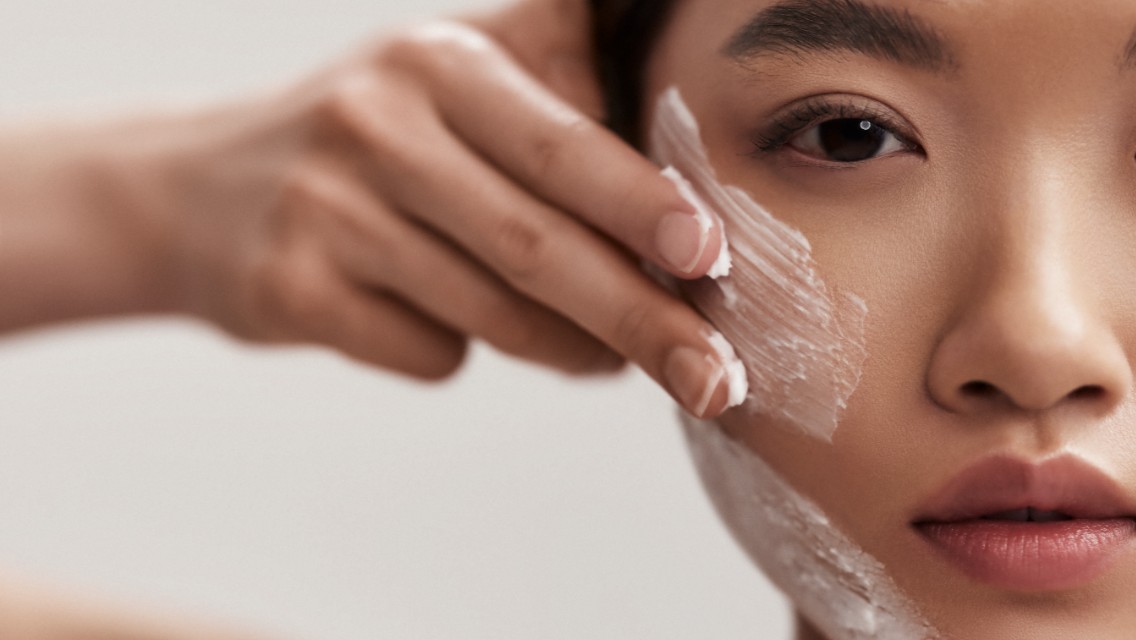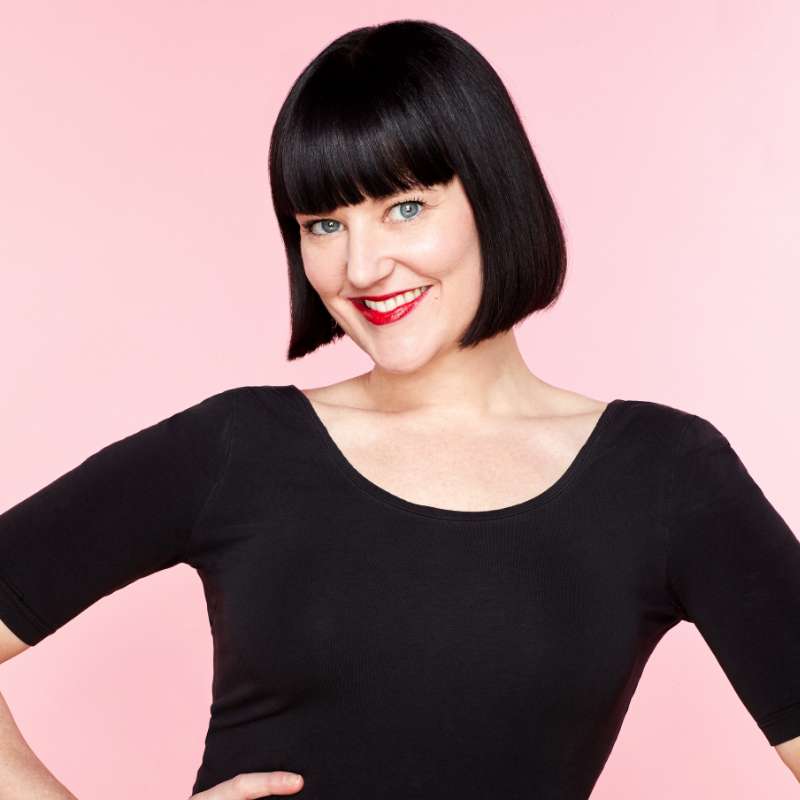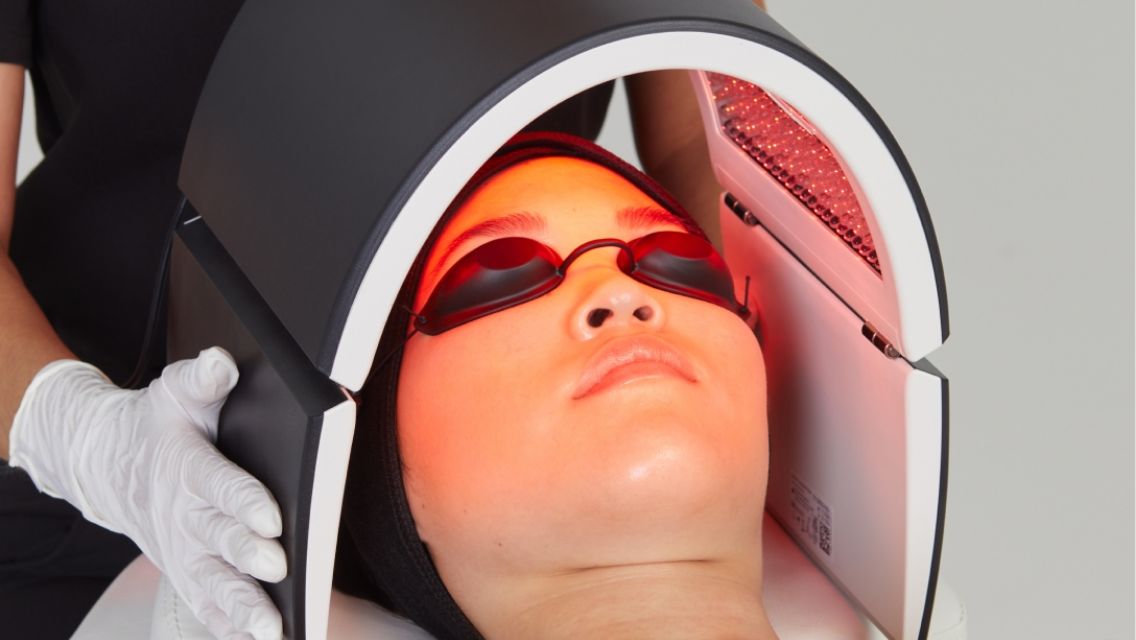Over the past year, TikTok has been teeming with videos about “skin cycling,” a skincare routine that calls for taking rest days from using certain products. While the protocol has become more mainstream recently, it’s well known by dermatologists and estheticians, as it can be an effective option for those looking to improve their skin’s appearance and response to products.
“Skin cycling is a skin-regeneration regimen for those wanting to enhance their natural cellular turnover rate to reveal an illuminated and healthy skin barrier,” explains Taiyana Muhammad, an esthetician at LifeSpa in Gaithersburg, Md. Muhammad practices skin cycling herself and works with clients to develop customized skin-cycling routines.
The regimen is straightforward: You follow a skincare routine over the course of four nights that allows for the application of active ingredients — exfoliants and retinoids or retinols — on two separate nights; on the other two nights, you let your skin “rest.” The active ingredients accelerate cell turnover, which helps to remove dead skin cells from the epidermis, or the outer most layer of the skin. Those active ingredients can sometimes be harsh on skin, which is why there is built-in recovery time.
“Using active ingredients at a rate that your skin isn’t accustomed to could cause your skin to become reactive and irritable — think breakouts, dryness, or other issues,” Muhammed says. “Skin cycling is a less-is-more approach that can be effective for introducing ingredients to the skin slowly. I like it because it allows you to create a wellness habit for your overall skin health in a way that can reward you with amazing results without the compromise of sensitized or reactive skin.”
In general, a skin-cycling regimen looks like the following. (Note that we say general as each routine can be tweaked to the individual for customization purposes.)
Night One: Exfoliate
Cleanse the skin, exfoliate with a chemical exfoliator such as an alpha hydroxy acid, and then moisturize.
Night Two: Retinol or Retinoid
Cleanse the skin, apply a retinol or retinoid product, and then moisturize.
Night Three: Repair
Cleanse the skin, then apply a hydrating serum and hydrating moisturizer.
Night Four: Repair
Cleanse the skin, then apply a hydrating serum and hydrating moisturizer.
Repeat this pattern on a four-day cycle. While the use of the active-ingredient products is limited to two days, the use of cleansers and moisturizers stays the same throughout the regimen.
FAQs About Skin Cycling
Muhammed answers some of the common questions she gets about this skincare approach.
Who could benefit from skin cycling?
Anyone can benefit from a skin-cycling regimen. However, all skin cycling is not the same — customization is key in terms of what types of products are being used. Everyone’s skin is unique, and you will have different needs, concerns, and issues than someone else’s, so it’s important to have an understanding of your skin before starting on a skin-cycling journey of your own. If you’re not sure about what’s best for your skin, an esthetician can help develop a plan with you.
Is there anyone who should avoid skin cycling?
Those who find it hard to stick with a minimal daily home routine likely won’t fair well with a more in-depth routine like skin cycling because it does take time and commitment. Be honest about what you can stick with and the time you’re willing to dedicate to your skincare routine. Baby steps are OK, though! Obtaining your skin-health goals is a journey.
How long should a skin-cycling journey be?
The skin-cycling journey is never-ending because our skin is in a continuous state of change — our needs can fluctuate based on our age, environment, stress levels, and other factors. The routine itself is what can keep you consistent, while the products you use to maintain healthy skin can be altered as your journey continues.
For example, when you’re first starting on a skin-cycling journey, you may only be able to tolerate certain lower grades of exfoliants and retinols. As your skin starts to become more familiar with those ingredients, you build up strength within your skin barrier. This is similar to working out: If you’re new to being physically active, that first day in the gym can feel really hard. But with discipline and consistency, soon you’ll be stronger and healthier.
How can esthetic services complement a skin-cycling journey?
Having regular professional skincare services in a two-to-four-week timeframe can help to enhance and progress your at-home skin-cycling routine. Professional facial treatments allow you to receive “skinhancements” that you can’t target at home, such as deep cleansing, extractions, and professional enzyme and peel treatments. You and your esthetician can determine the timeframe that works best for you for in-spa services. A licensed and experienced professional can also help you determine the levels of actives and exfoliants to include in your at-home routine.
My No. 1 esthetic service recommendation is always a customized facial treatment. I love to be able to start from ground zero with clients to see where they’re at as far as skin tolerance. I’m then better equipped to confidently put together a treatment plan that is both manageable and maintainable.





